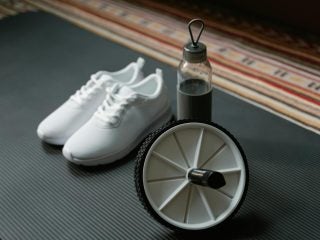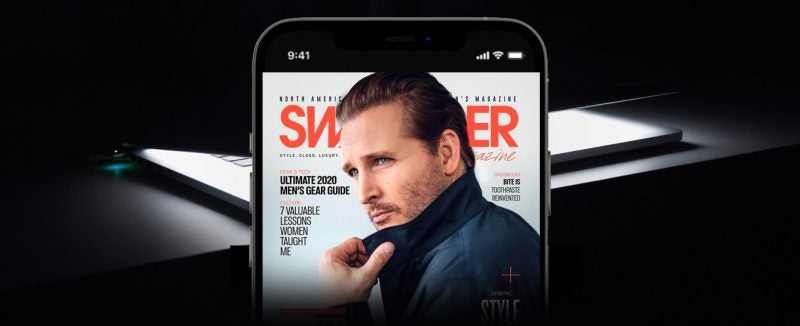Whether you’re kayaking, sailing, paddleboarding, or fishing, a Personal Flotation Device (PFD) is an essential piece of safety gear.
Choosing the right PFD can mean the difference between a fun day on the water and a potential emergency. With various styles, features, and certifications available, selecting the best life jacket requires careful consideration. This guide will help you navigate the options to find the perfect pfd life jacket for your needs.
Understanding PFD Types
PFDs come in different types, each designed for specific water activities. Here’s a quick breakdown:
- Type I (Offshore Life Jackets): Designed for open, rough, or remote waters where rescue might take time. These provide the highest buoyancy and can turn an unconscious person face-up.
- Type II (Near-Shore Life Jackets): Suitable for calm, inland waters where quick rescue is likely. These offer moderate buoyancy and some self-righting capability.
- Type III (Flotation Aids): Ideal for kayaking, canoeing, and other water sports. They offer comfort and mobility but require the wearer to be conscious and able to swim.
- Type IV (Throwable Devices): Not wearable but meant for emergencies (e.g., seat cushion, ring buoy) and used as a backup flotation device.
- Type V (Special-Use Devices): These include hybrid or inflatable PFDs, which are often tailored for specific activities like whitewater rafting or sailing.
Key Factors to Consider
Activity-Specific Design
Different water activities require different PFD features. Consider these recommendations:
- Kayaking & Paddleboarding: Opt for Type III vests with large armholes and a snug fit for maximum mobility.
- Fishing: Look for PFDs with extra pockets for gear and breathable mesh panels for comfort.
- Sailing: Choose a Type I or Type V inflatable PFD for minimal bulk and enhanced buoyancy.
- Jet Skiing & Boating: A Type II or Type III with a secure fit and durable straps is best for high-speed movement.
Fit & Comfort
A properly fitting life jacket is crucial for both safety and comfort. When trying on a PFD:
- Make sure it is snug but allows for full arm and torso movement.
- Check the buoyancy by wearing it in water; it should keep your head above water without riding up excessively.
- Adjustable straps help achieve a personalized fit.
- Women’s-specific designs may offer better comfort and fit around the bust area.
Buoyancy and Material
The amount of buoyancy needed depends on your weight and activity. Generally:
- Most adults need 16-18 pounds of buoyancy to stay afloat.
- Foam PFDs are reliable and require no inflation.
- Inflatable PFDs are compact but require manual or automatic inflation.
- Hybrid PFDs offer a combination of foam and inflation for versatility.
Safety Standards and Certification
Ensure your PFD meets safety regulations and is approved by the appropriate authority:
- U.S.: U.S. Coast Guard (USCG) approved.
- Canada: Transport Canada approved.
- Australia: Australian Standard AS4758 approved.
- Europe: CE approved. Checking for certification ensures the PFD meets buoyancy and safety standards.
Visibility & Additional Features
Consider safety features that enhance visibility and usability:
- Bright colors (yellow, orange, or red) improve visibility in the water.
- Reflective strips increase visibility in low-light conditions.
- Whistles and D-rings add extra safety and attachment points for gear.
- Ventilation and mesh panels improve airflow for hot weather conditions.
Maintenance & Care Tips
A PFD will last longer and function better if properly maintained:
- Rinse with fresh water after each use to remove salt, chlorine, and debris.
- Dry thoroughly before storing to prevent mildew.
- Check for damage regularly, including loose straps, torn fabric, or malfunctioning inflators.
- Store in a cool, dry place out of direct sunlight to prevent material degradation.
Final Thoughts
Selecting the best PFD life jacket is about more than just safety—it’s about comfort, functionality, and peace of mind. Whether you’re a casual paddler or a seasoned sailor, choosing a well-fitted, activity-appropriate, and certified PFD can make all the difference. Prioritize fit, buoyancy, and additional features to ensure a fun and safe time on the water. Stay safe and enjoy your water adventures!

















